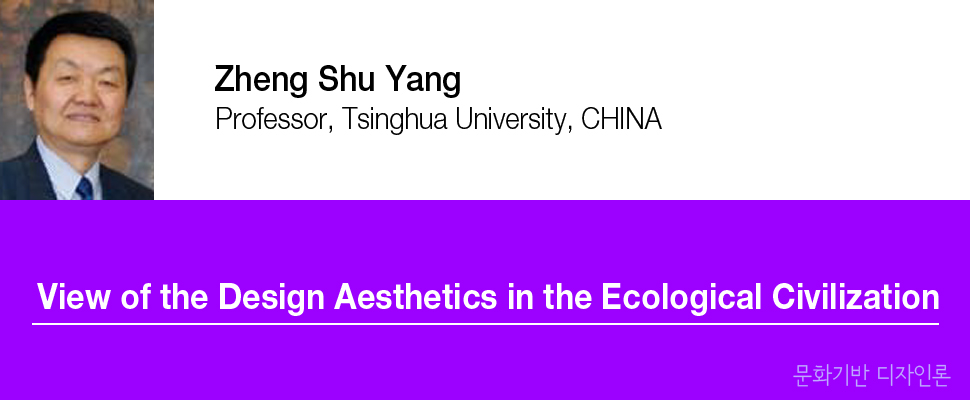
1.Ecological civilization is the
trend of social development 1.Ecological civilization is the
trend of social development Our
environment is faced with the challenge that never been seen before. “The survival of man—and
of every living thing on this planet—is threatened. When
man participates
in the destruction of the world around him, he unwittingly helps to bring about his own
destruction."1)Industrial civilization prompted
advancement of the society, while practically is
destroying the natural environment. The
nature responded to the plunder and fought
back.2) Environmental
crisis must be dealt with before human being can advance further. And the only way is
to build our society to be more environment-friendly, or more ecological.
Technical fix-ups are not enough for the environment problem, and we
should liberate
ourselves from the technology trap. While the current model of social development, which
depends on consuming natural resources, must be changed, the direction of design
esthetics also should be modified from being based on human needs or pure esthetics,
to make the harmony between human being and the nature. And industrial
civilization will evolve to an ecological one. Sustainable
development has already become the theme of the time. In 1987, UN Environment
and Development Committee defined "That the time has come for a marriage
of economy and ecology, in order to ensure the growth of human progress through
development without bankrupting the resources of future generations."3) Sustainable development means the
smoothly operating
social system, including efficient use of the resources, recycle, simul-
taneous development
of material and spirit civilization, and the harmony between human being
and the nature. 2.The perception of esthetic
value in China must be changed to
support the building of ecological
civilization society
